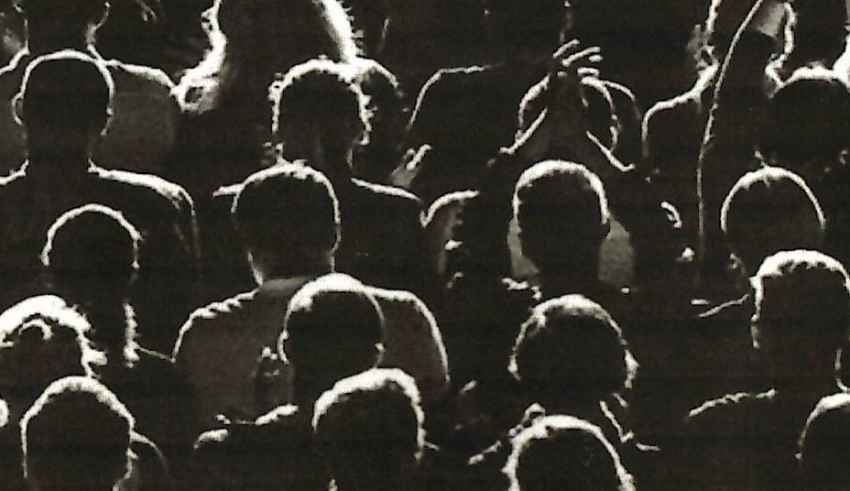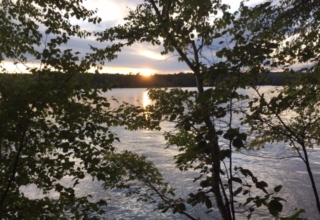
On the other hand, the traditional experts – those “elites” with all of the credentials and academic pedigrees—represents the “bad mother.” These so-called experts don’t’ give us what we want in terms of a reassuring reality. They are asking us to restrict our behavior—much as the “bad mother” does. Like the bad mother, these experts possess evil motives. They are the real-life “witches” to be found in Grimm’s fairy tales (and Disney movies). These 21st Century witches are also quite active and very powerful. So, beware of what they have to say and find a way to combat their influence—even if this might mean physical violence (“kill the messenger!”).
As adults, we find that the splitting function is rarely adaptive. In fact, it is potentially dangerous and even self-destructive to our well-being. We are now well-served when we automatically distrust and disbelieve out-groups and their leaders and experts simply because they are not part of our in-group. Similarly, we can trust and believe non-experts (and sometimes charlatans) simply because they are members of our in-group.
And there is a downward spiral from there – as Van Prooijen (2018) observes, people who are inclined to distrust other people are more likely to believe in conspiracy theories than people who are inclined to trust other people. Furthermore, people tend to specifically believe in conspiracy theories about groups that are ideologically dissimilar to themselves.
“Conspiracy theory adherence is related to distrust of people in general” (Researchgate.net). Distrust is directly especially to scientists and other experts touting information that may contradict an in-group’s beliefs. Conspiracy theorists are almost always at odds with experts in the specific field of science involved Critical thinking is absent. The Oregonian newspaper noted this powerlessness in 1956 after ten of twelve fluoridation measures across the state were defeated because of distrust of leaders and experts —leading to increased tooth decay in towns that banned fluoride in drinking water (Uscinski, 2018b). This mistrust and resulting damage tend to linger. We only have to look back to our very recent past where conspiracy theories related to Covid-19 have led to the deaths of many thousands of people.
How do conspiracy theories emerge?
The key factor regarding conspiracies seems to be the appearance of a crises, such as a terrorist attack, Covid, a war in Ukraine or the middle east, or the collapse of the financial markets. Circumstances are rapidly changing and the reasons are unclear and news reports conflicting. Susceptible people feel out of control and scared. Under these conditions, they are more likely to interpret the changing dynamics as part of a conspiracy by powerful “out-group” people attempting to leverage advantage over them for their own sinister benefits. As circumstances change, cause-and-effect connections are made in an attempt to understand and make sense of what is unfolding. These changing circumstances are certainly common in a VUCA-Plus environment.

















